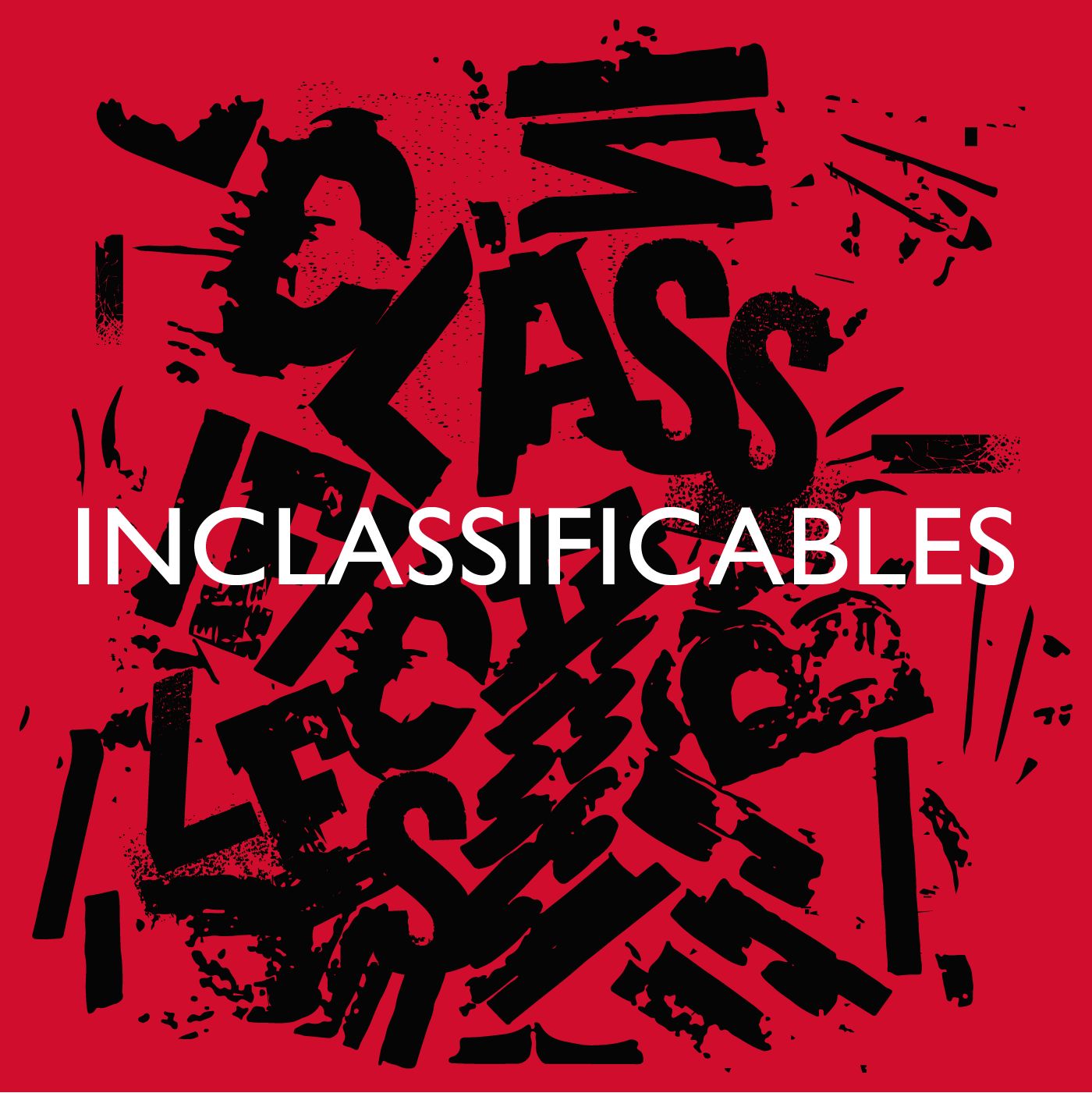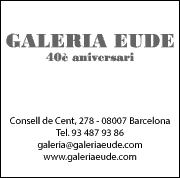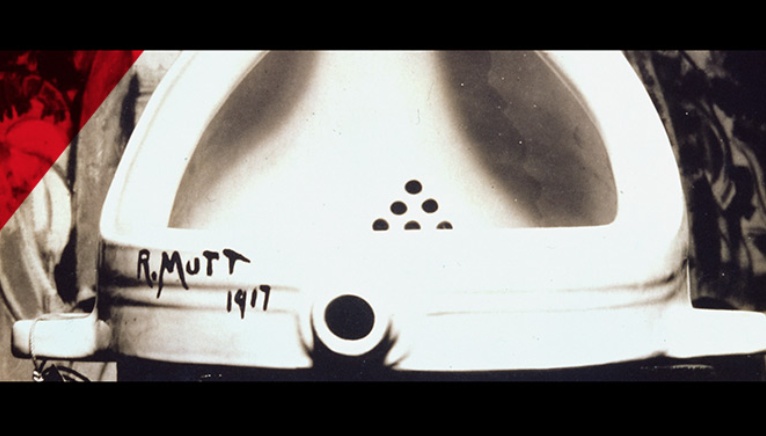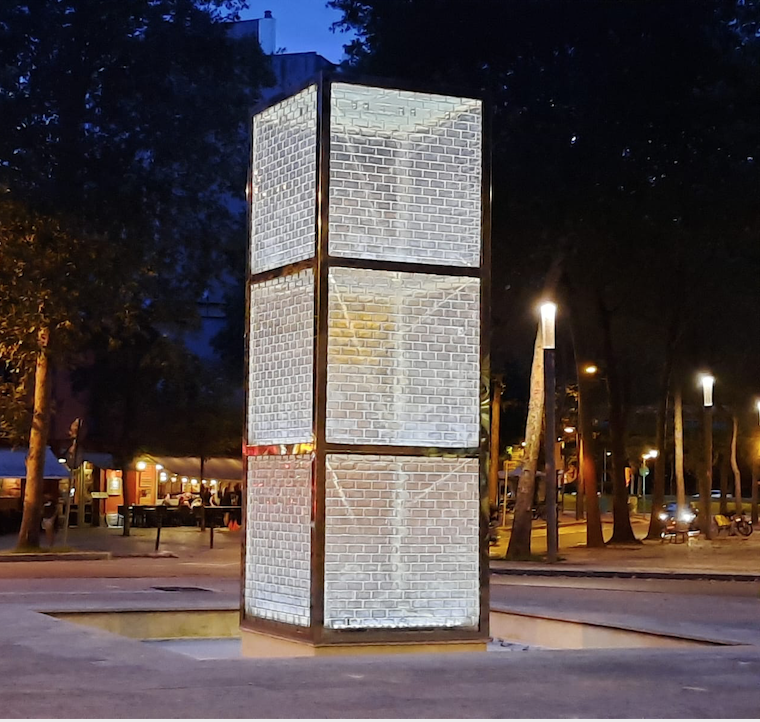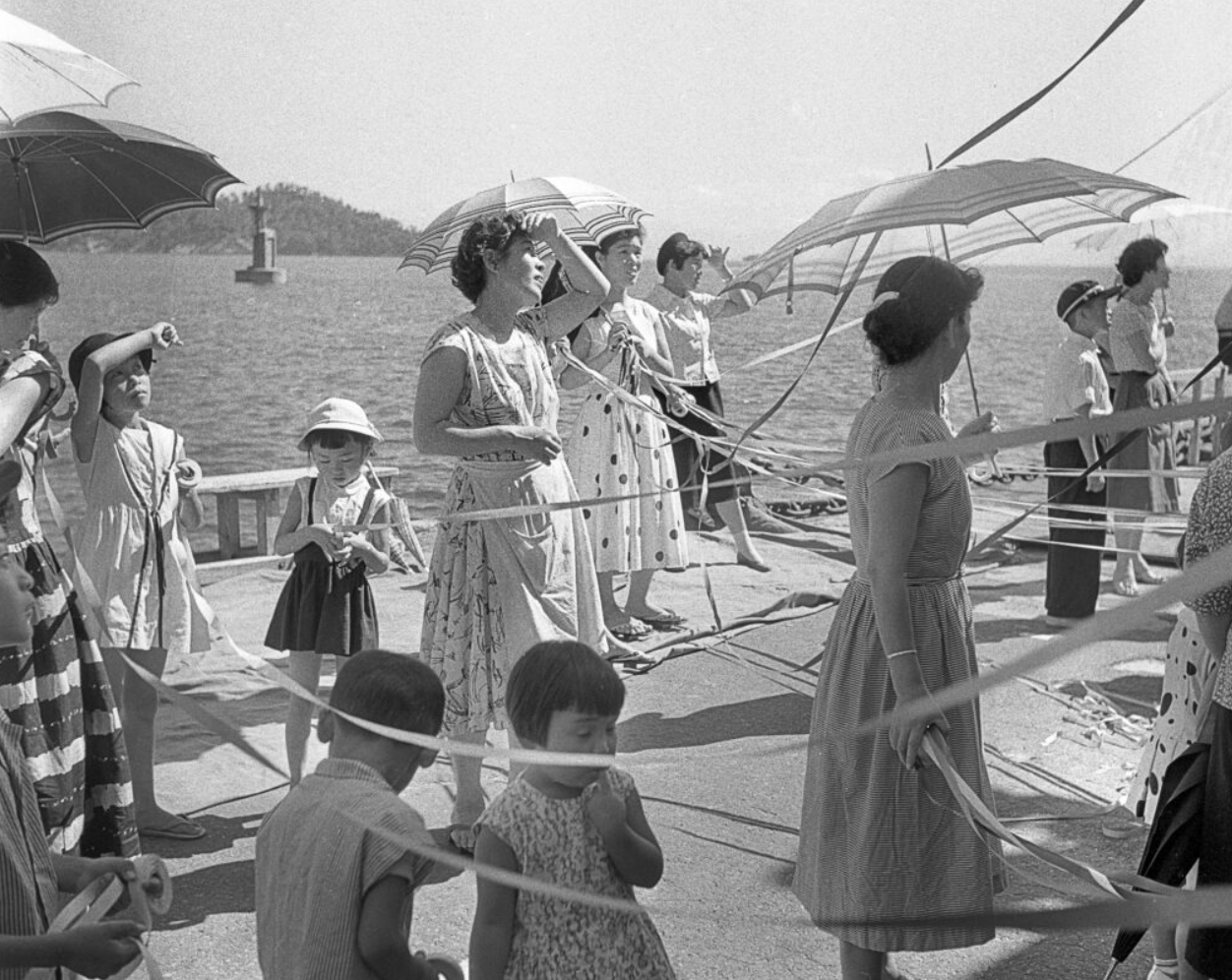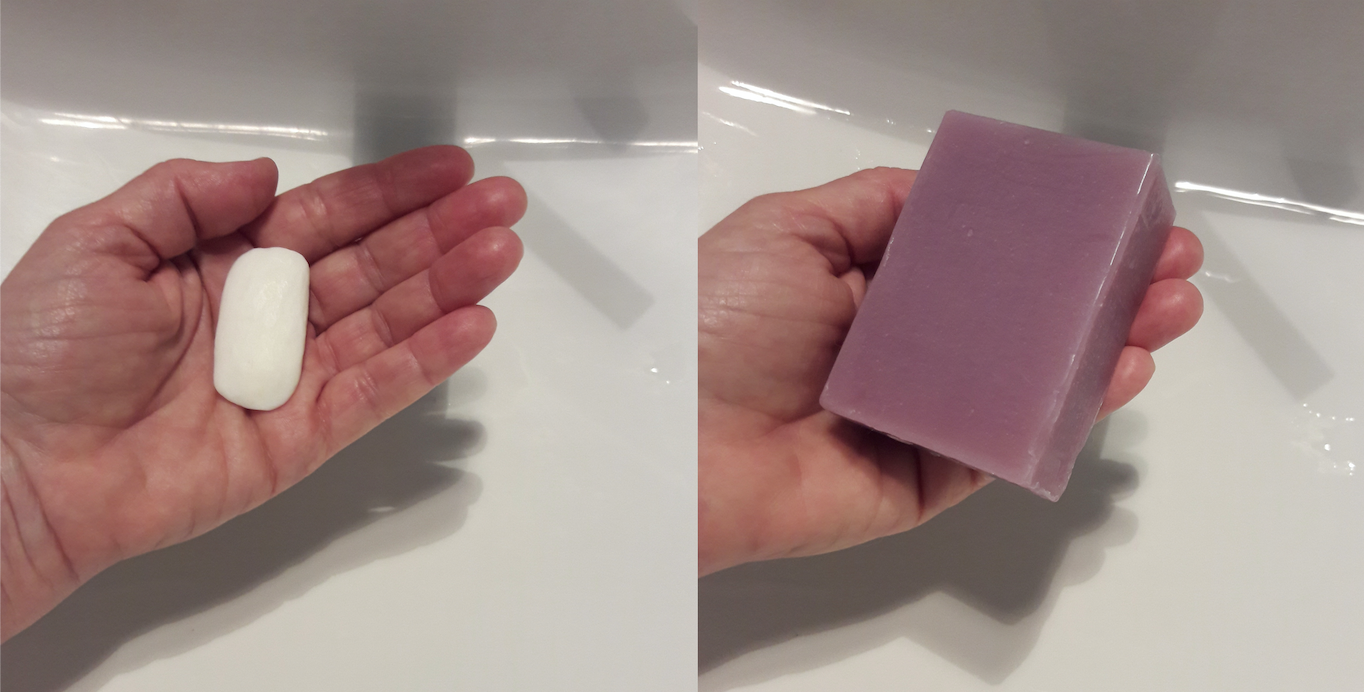international
The liberating art. The ability to invert the gaze
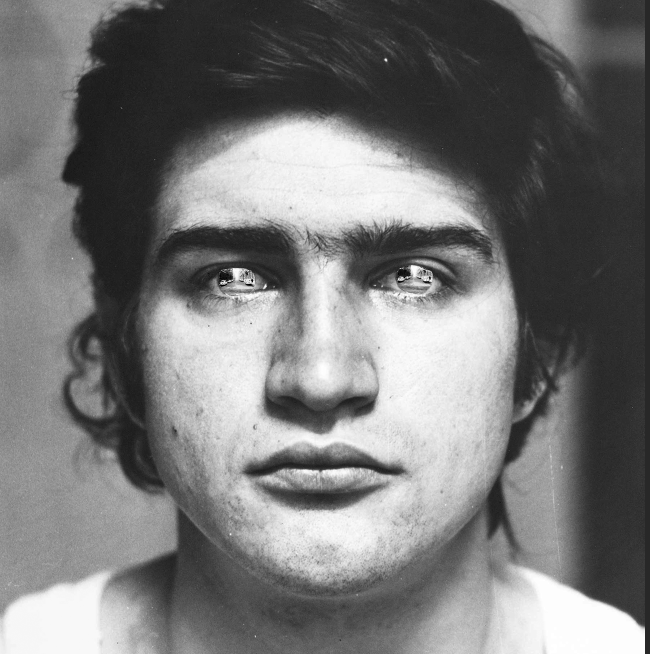
The start of the 2022-2023 exhibition season presents a whole series of exhibitions that invite us to look at and experience art from the liberation of formal education. In times of uncertainty, the boundaries between normality and marginality blur and the art world is not indifferent. The exhibition proposals reflect the anxieties of subjects who move and move between various perspectives, all the while seeking to build their personal version of the world.
Picasso and Chanel
The Thyssen-Bornemisza Museum in Madrid brings together art and fashion again in a new exhibition project that, from October 11 to January 15, explores the creative continuities of two great creators of the 20th century: Pablo Picasso and Gabrielle Chanel. Picasso and Chanel met in the spring of 1917, probably through Jean Cocteau or Misia Sert, and collaborated professionally on two occasions, both with Cocteau: on Antigone (1922) and on Serguei Diaguilev's ballet Le train blue (1924). The exhibition is organized into four large sections that, in chronological order, span from 1915 to 1925.
A rare look at an artist is also offered by Centro Botín (Santander), which is organizing the first retrospective of Juan Muñoz's drawing work. Under the title Juan Muñoz: dibujos 1982-2000 , the exhibition brings together 200 works lent by institutions and private collectors that offer a complete perspective of a fundamental and constant facet in the artist's work. For Muñoz, drawing plays a special role: drawing as an idea, as a sketch or as a work developed entirely on paper.
Tosquelles at Reina Sofia
The Queen Sofia Museum hosts the Francesc Tosquelles exhibition. Like a sewing machine in a wheat field , curated by Carles Guerra and Joana Masó. The title of the exhibition refers to Lautréamont's phrase that inspired the Surrealists to defend the chance of beauty: "Beautiful as the fortuitous meeting of a sewing machine with an umbrella on a dissecting table."
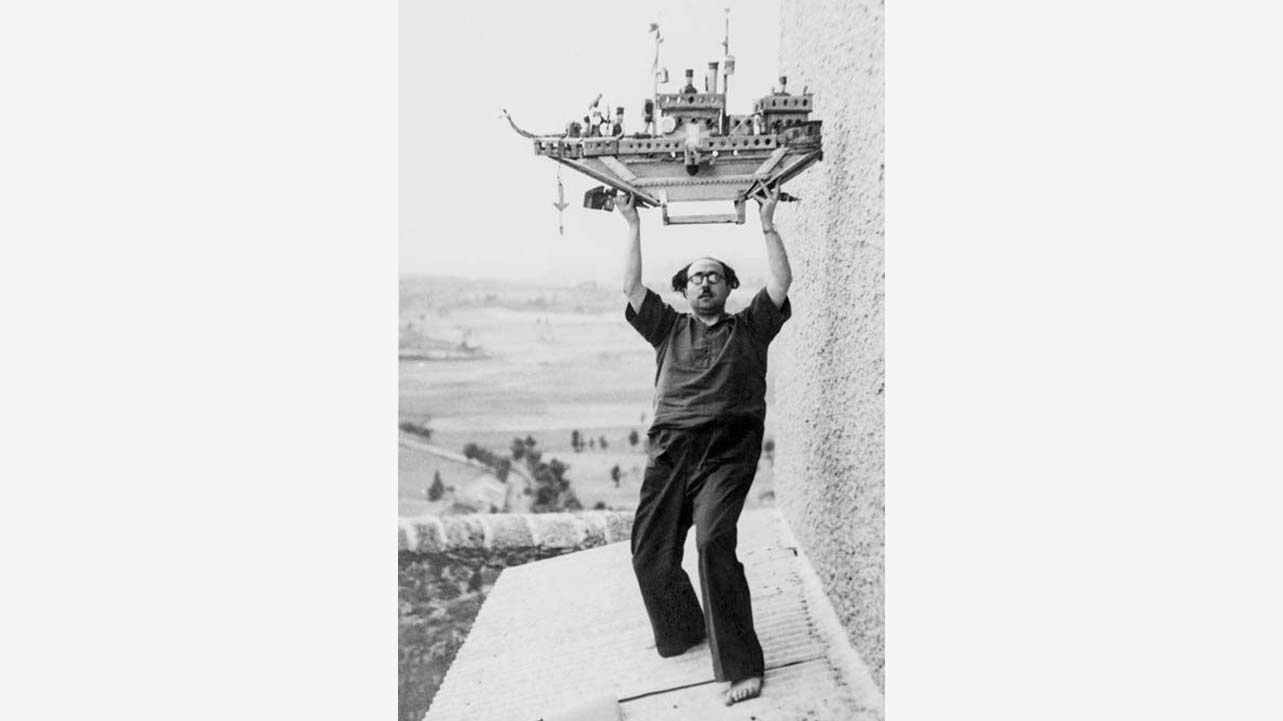 Francesc Tosquellas subjectant un vaixell d'Auguste Forestier, 1947. Arxiu particular
Francesc Tosquellas subjectant un vaixell d'Auguste Forestier, 1947. Arxiu particular
Francesc Tosquelles (Reus, 1912 - Granges d'Òlt, 1994) made writing, art and theater basic instruments of therapy; synthesizes his conception of psychiatry as a gathering of apparently alien realities, linked to the earth, to the world of collective work, to nature, to the wheat field. The exhibition collects the biographical trajectory and the political, cultural and professional context of Tosquelles through documents, photographs and recordings where his conception of psychiatric practice is exposed. In addition, pieces created by artists and mental patients from the Saint-Alban hospital from the Lausanne Art Brut Collection and other private collections are presented. An art freed from the constraints of reason and formal education.
Investing the eye and Arte Povera
Italian artists from the 1960s and early 1970s come to Jeu de Paume in an exhibition entitled Reversing the eye , which can be visited from October 11 to January 29.
The exhibition, centered around the Arte Povera group, will be open to several traveling companions of the movement in order to study the position of the Italian avant-gardes vis-à-vis photography and the moving image. Among the works exhibited there, we can find from the mirror paintings of Michelangelo Pistoletto to the large-scale photographs on canvas of Giulio Paolini and Giovanni Anselmo, the photocopied works of Alighiero Boetti, the photobooths of Franco Vaccari or Luciano Giaccari's performance videos. All of them offer an overview of the visual experiments of the Italian avant-garde in the field of image.
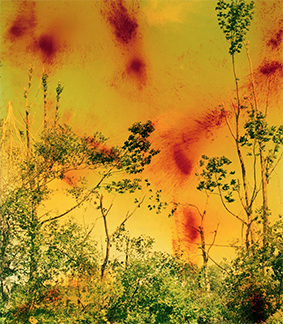 Wolfgang Tillmans: To look without fear
Wolfgang Tillmans: To look without fear
Look without fear
For its part, the MoMA also offers us a new perspective. On this occasion, towards Wolfgang Tillmans (Remscheid, Germany, 1968), considered today as one of the most innovative artists in the photographic medium. Wolfgang Tillmans: To look without fear , which can be visited from September 12 to January 1, invites us to experience the artist's vision of the way we live today . His works continuously question our values and hierarchies traditionally associated with photography. "The viewer... should enter my work through their own eyes and their own lives," says Wolfgang Tillmans. From ecstatic images of nightlife to abstract images taken without a camera, from sensitive portraits to architectural slide projections, from documents of social movements to window sill still lifes, from astronomical phenomena to intimate nudes, Tillmans has explored seemingly every genre of photography imaginable, constantly experimenting with how to do it. Tillmans considers the role of the artist to be that of an “amplifier” of social and political causes, and his approach is animated by a concern for the possibilities of forging connections and the idea of coexistence.


